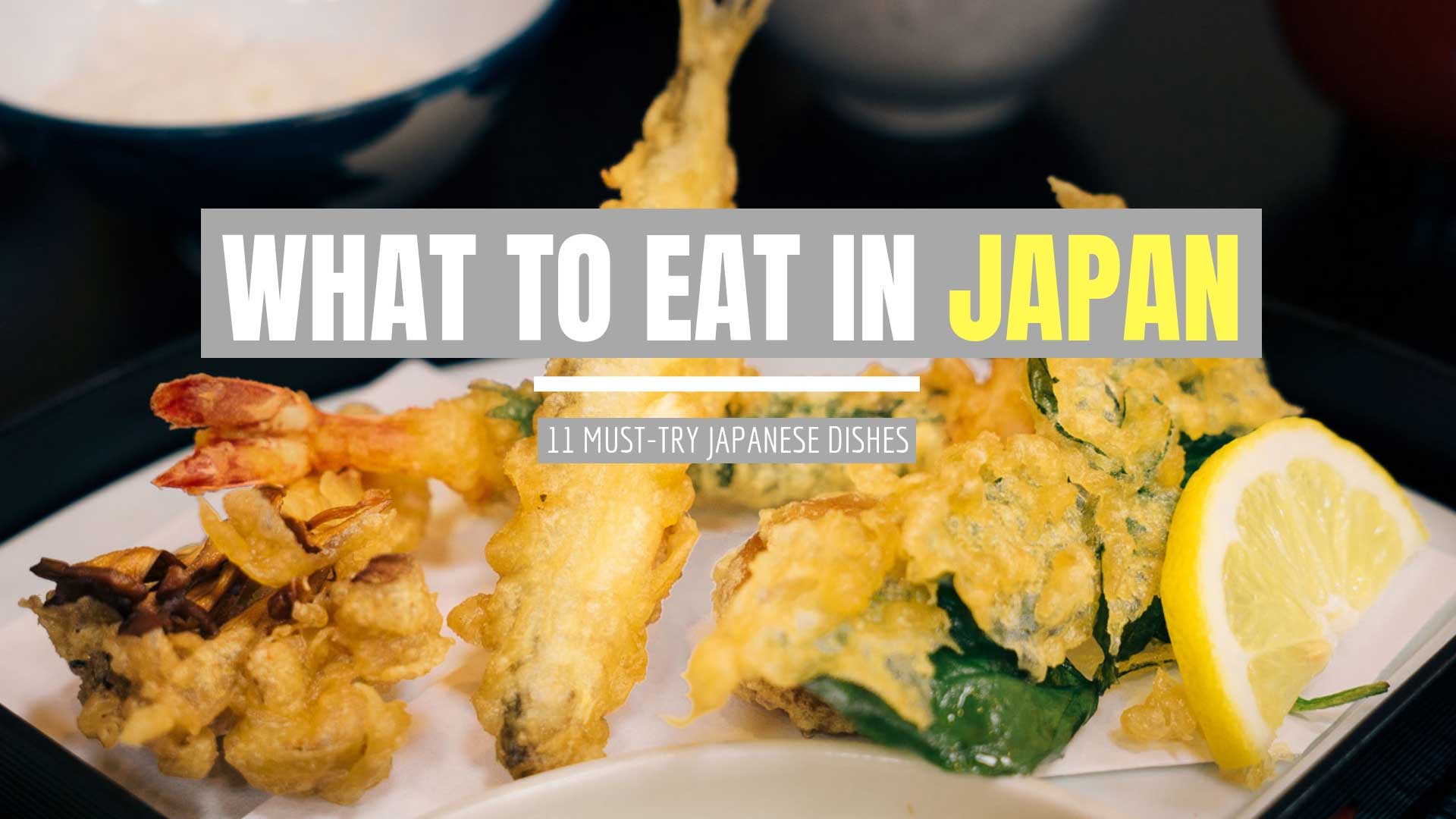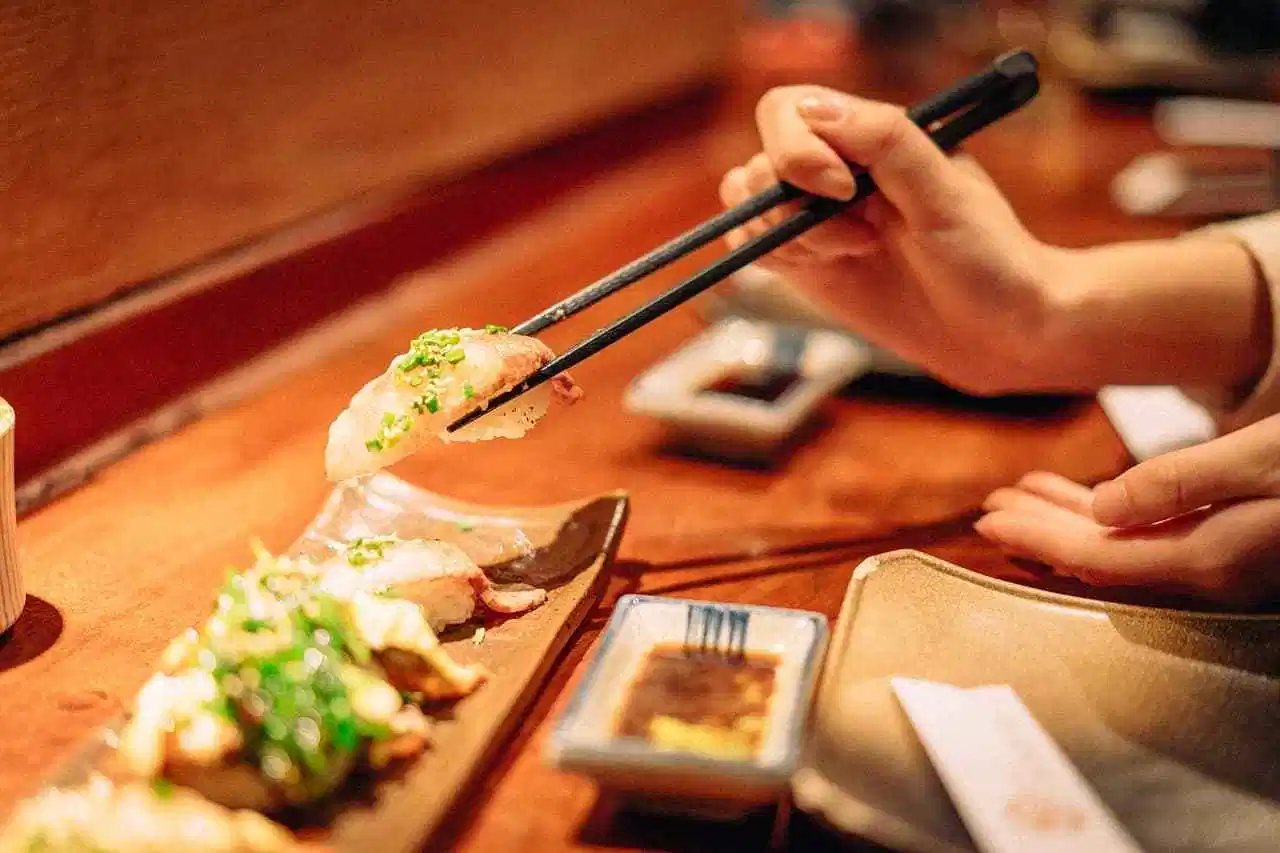You’ve probably heard the rumors that tipping is illegal in Japan. This myth has been spreading around since 2013, when a Japanese restaurant owner was fined for not implementing tip jars.
Japan doesn’t have any laws against tipping, but it does have several regulations on how businesses can charge their customers. The country’s Ministry of Health, Labor and Welfare regulates food safety and sanitation standards, so it makes sense that they would want to protect consumers from potentially unsafe food practices.
It’s important to note that this isn’t a new law; it’s just a change to the existing regulation. When a business first opens up shop, they must be inspected by the ministry before being allowed to serve customers. Once the restaurant passes inspection, then the rules are relaxed.
But don’t let the absence of tipping laws fool you into thinking that there’s nothing else to worry about if you eat out in Japan. There are plenty of other ways restaurants attempt to take advantage of customers, and some of them may surprise you. Here are five things we learned while eating out in Japan that you should know. Izakaya bristol
The menu prices are high
If you’ve ever eaten in a Japanese restaurant, you know that menus are rarely written down. Instead, you need to either memorize the English translation or look through a book with pictures to read what each item costs. And even if you do have an idea of what something will cost, you still might not be sure.
Take the time to figure out the price range your meal will fall within. If you feel like you could spend $60 per person, then you should expect to pay more than $30 per person. But if you think it’ll only run you between $25 and $35, then your bill shouldn’t go much above $20.

The service is slow
If you’re used to American servers who rush through your order, you’ll be shocked to find that waiting tables in Japan takes longer. Not only does your server spend more time taking your order, but they also tend to make more trips back and forth to get everything you need.
A good rule of thumb is that every time your server walks away from the table, it takes one minute to complete your entire order. That means if your server leaves the table twice more than that, you’ll need to wait two minutes more than expected.

There’s no way to leave extra money on the table
Unlike in most states where tipping is legal, there’s absolutely no chance of leaving extra cash on your table in Japan. You can always ask for a discount on the price of your meal, which is fine. But once you’re done, there’s no option to give your server more money without looking like a jerk. It’s a bit awkward, especially considering the fact that you don’t even know how much the bill will come to until after you’ve already paid for it.
They charge separately for drinks
One thing you won’t see anywhere in Japan is separate bills for beer, sake, wine, and cocktails. You don’t even have the option of paying for alcohol separately as long as you’re drinking with your meal. Instead, all of those beverages are included in the total amount of your bill, which is then divided among everyone at the table.
You can’t request a smaller portion
When you dine out in Japan, you’ll notice that many restaurants offer small plates instead of full-size meals. It’s common practice here, and it’s great because you can try different flavors and dishes without having to invest too much time, effort, or money. However, if you don’t order the right size plate, you’ll wind up getting charged for both the large and small portions.
